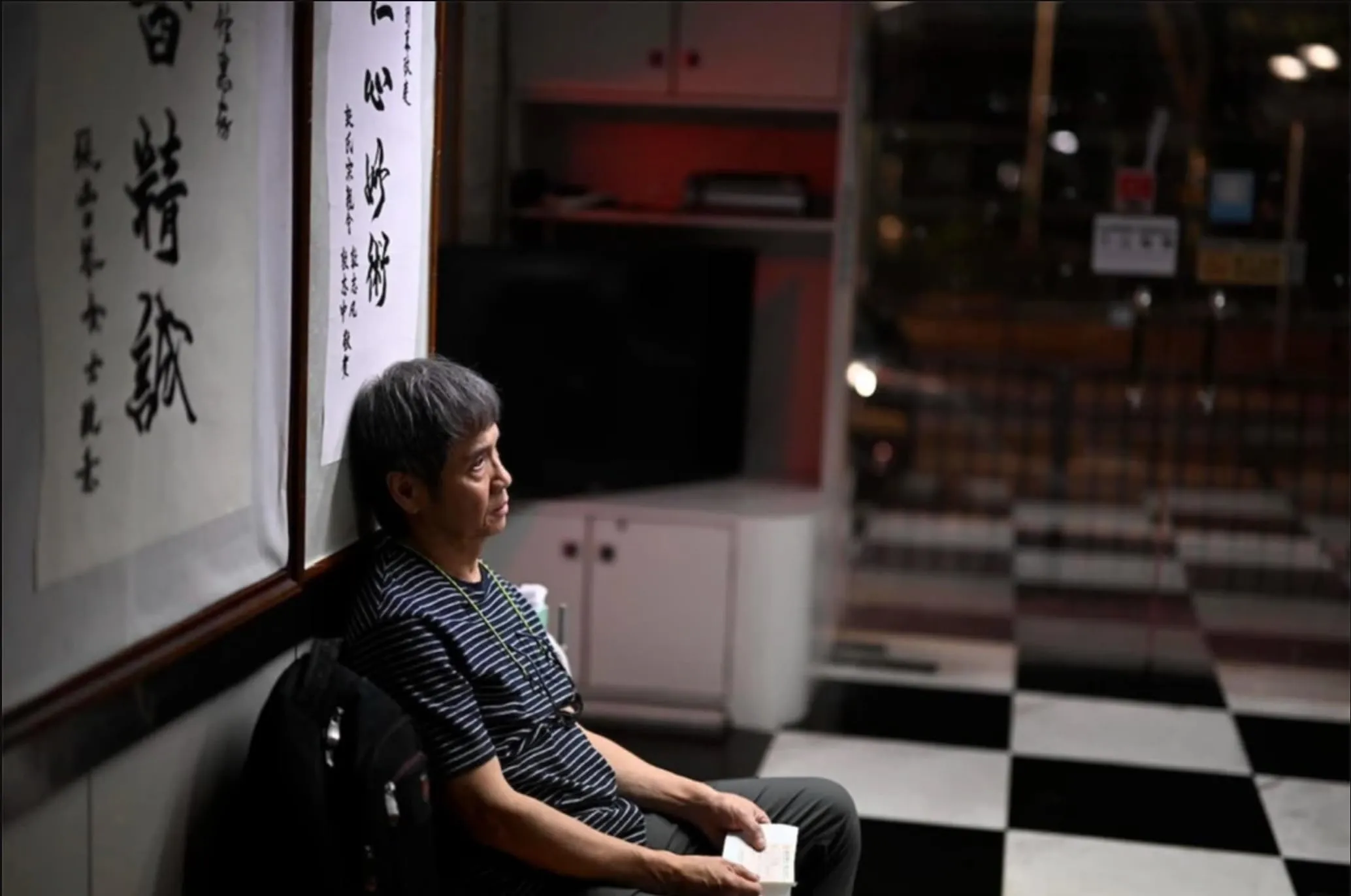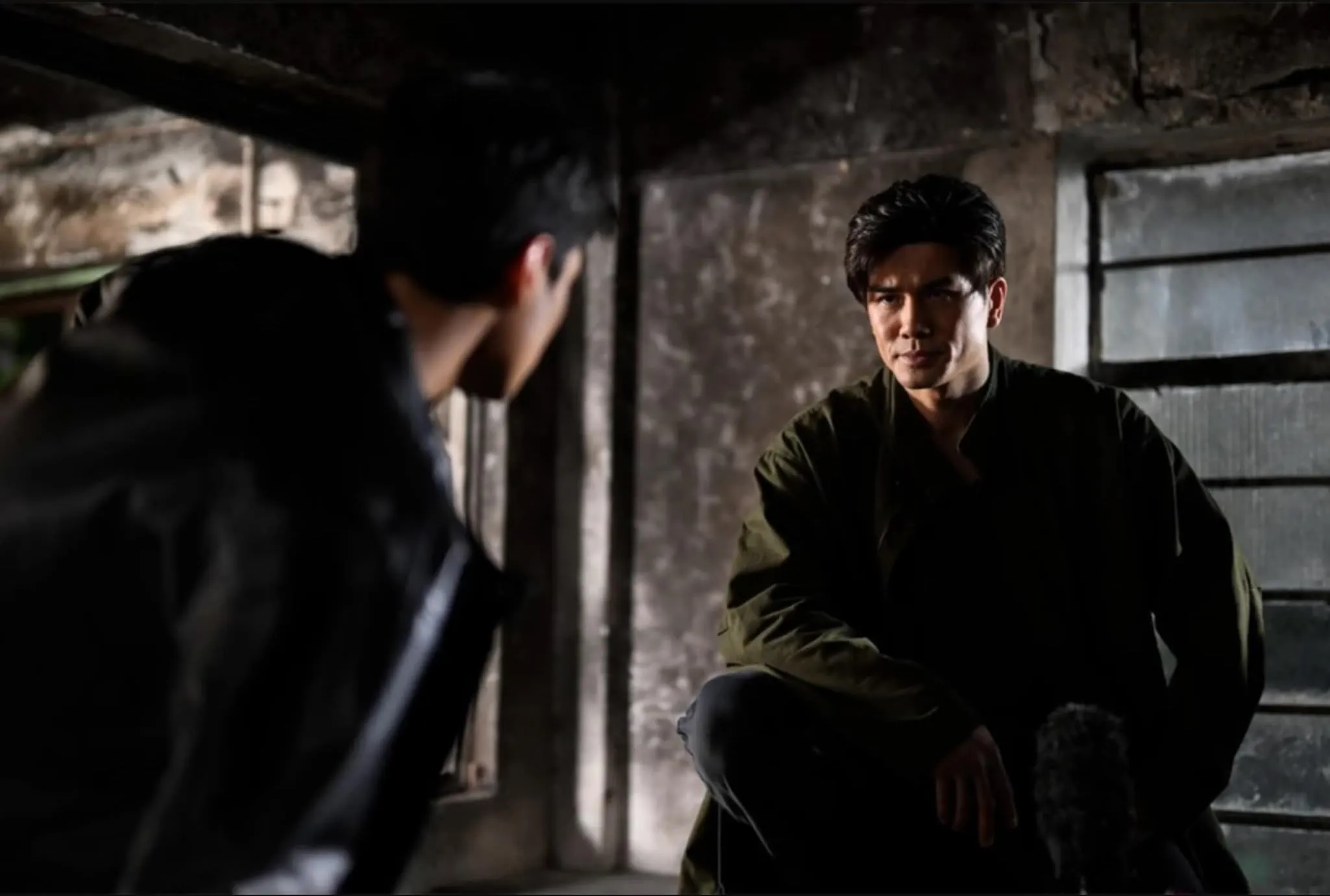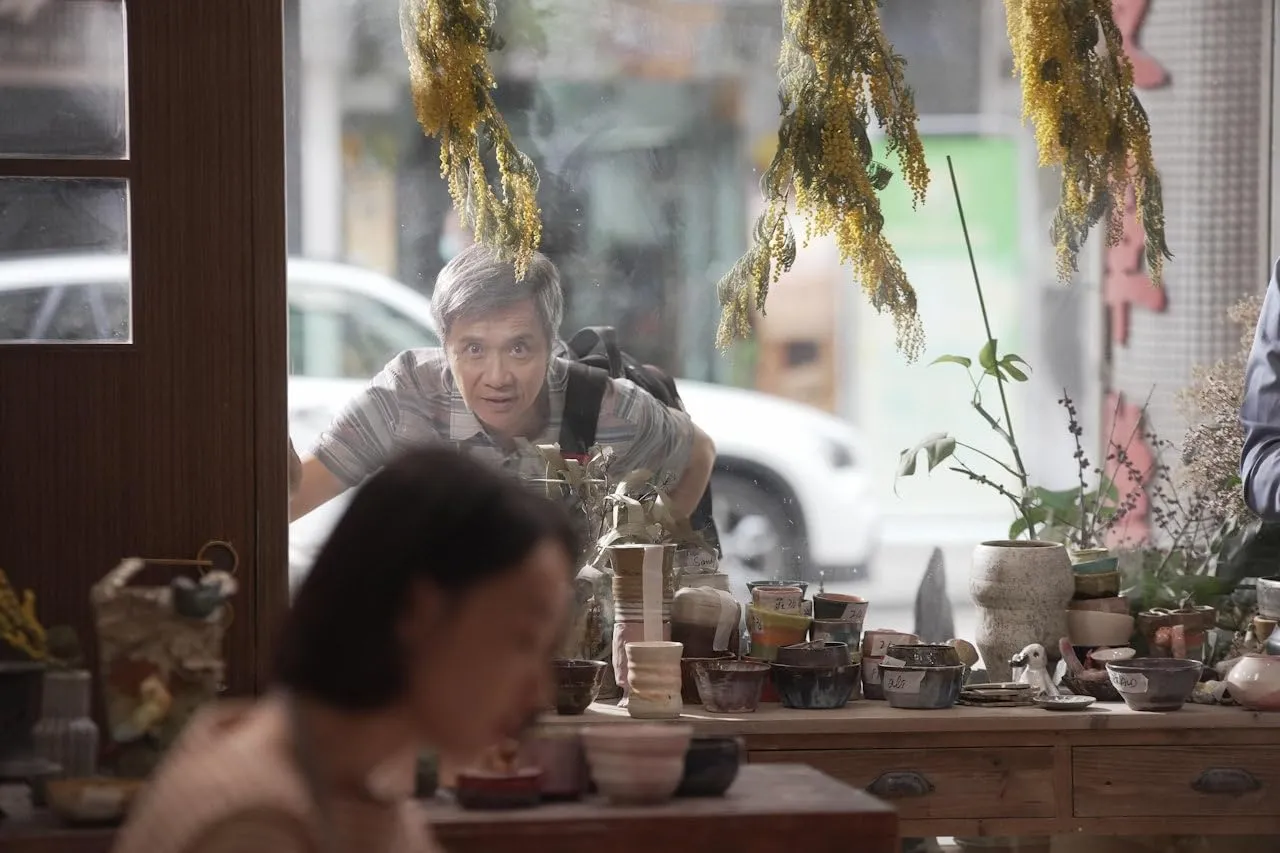In the vibrant tapestry of Hong Kong film, Stuntman appears as a poignant thread, weaving together nostalgia, tragedy, and redemption. The movie follows Sam Lee, a once-revered action choreographer whose life falls after a disastrous stunt leaves a fellow performer in a wheelchair. Years later, Sam is drawn back into the industry he left, reflecting a culture trying to figure out who it is amid changing standards.
Stuntman has significance within the genre because it both honors and criticizes the heyday of Hong Kong action cinema. It navigates the tension between recognizing the current focus on safety and remembering the bravery of the past. My ambivalence toward those risky, thrill-seeking shows with hidden costs resonates with this duality. Reflecting our nostalgia while reminding us of the human cost behind the glitz, the film’s examination of redemption and family relationships serves as a mirror.
I question my biases as I watch Sam’s journey: Am I also enamored of past films’ careless abandon? How do we live with the realities of safety while remembering the glory of movies? These ambiguities encourage viewers to engage with the film and the nature of our engagement with art.
Echoes of a Golden Era: Nostalgia in Stuntman
Stuntman’s opening scene is an exhilarating shock, a time capsule that transports us back to the crazy energy of Hong Kong movies in the 1980s. I felt a familiar thrill, a bittersweet nostalgia for an era when stunts were crafted with a bravado that was almost addictive, as I watched the frenetic action unfold, complete with sweeping zooms and quick cuts reminiscent of classic films.
The legacies of directors like Jackie Chan and John Woo, whose daring art history define a genre and pushed the limits of what film could achieve, are honored with more than just a polite nod.
I still grapple with my own biases in this situation. Am I romanticizing this careless abandonment? The film captures the essence of the action dance genre, capturing its pulse through dynamic cinematography that oscillates between chaos and elegance.
The camera’s close-up coverage of the action, which is both exhilarating and reflective, evokes a sense of danger that feels almost palpable. It’s as if the lens is a participant in the art, celebrating the visceral thrill while quietly noting the underlying risks.
As I look at these choices about style, I can’t help but wonder: does my nostalgia make me less smart? Can our love for the brave past and our more careful feelings about the present coexist? Stuntman challenges us to appreciate art while confronting the realities of its past by inviting us to dance with these questions. The film captures an era and the legacy of what it means to be a part of this cinematic art, causing us to reflect on our connections to the art that shaped us.
The Complexity of Redemption: Sam Lee’s Journey in Stuntman
The character of Sam Lee, played with nuanced depth by Stephen Tung Wai, is at the heart of Stuntman. His journey is a maze of regret and strength, showing the struggles of a man who used to love the fast-paced world of action choreography but is now troubled by the effects of what happened in the past.
Sam’s inner conflict—his desire to reclaim his former glory and his struggle with the emotional cost of his job decisions—is expertly navigated by the film. I reflected on my struggles with ambition and the sacrifices we make in its pursuit as I watched him go back and forth between hope and despair. This main character embodies both the glory and the folly of his craft, and in his flaws, a relatable humanity truly resonates.
I’m questioning my feelings as I get deeper into Sam’s tumultuous story. Do you think I feel too sorry for him? The emotional weight of the film’s redemption is on his shoulders, but it also makes us question the nature of redemption itself. Should we only ask those we’ve hurt to forgive us, or must we face the parts of ourselves that led us astray?
Sam’s interactions with Cherry, his estranged daughter, make this fight very clear. Cecilia Choi gives Cherry a quiet strength, who captures the complexities of family love and animosity. Her performance gives the narrative more depth, turning a character who might have been just a plot device into someone who embodies the suffering of betrayed trust.
While Sam is usually very skeptical, Terrance Lau’s performance as Long, the hopeful stuntman, is a nice change of pace. Sam is propelled toward introspection by Long’s enthusiasm and desire to learn, reminding him and us of the passion that first inspired him to pursue art. Because these three characters get along so well with each other, their relationships are complex and full of tension, but they also have the potential to heal.
As I engage with their stories, I question the essence of legacy and the weight of choices we leave for future generations. Are we doomed to make the same mistakes that others did, or can we find new ways to move forward based on kindness and understanding? These questions hang in the air in Stuntman, inviting us to ponder our stories of ambition, loss, and the complicated dance of family ties.
The Weight of Legacy: Family and Generations in Stuntman
The exploration of family dynamics in Stuntman is heartfelt and intricate, especially in the contentious relationship between Sam and his daughter Cherry. As I watched their interactions, I was struck by the palpable tension that underlies their talks. Sam, a man defined by his past successes and failures, struggles to grapple with the weight of his choices, choices that have made Cherry feel alone and uncertain.
Anyone who has grappled with family expectations and disappointments will understand how she navigates her feelings toward her father as her wedding draws closer, a milestone that exacerbates their distance. It reflects the delicate balance between love and resentment, which feels widely relatable.
However, as I engage with their story, I battle my biases. Do their struggles remind me too much of my own experiences? The film makes us think about how work obligations can take precedence over family ties, resulting in an emotional gap that is hard to cross. Sam’s unwavering pursuit of perfection in his craft has cost him personally, and it makes me wonder how often we sacrifice our relationships in the name of ambition. This uncomfortable truth is not hidden in the film; it is laid out for the audience to ponder.
Stuntman adds a rich layer to this narrative by depicting generational conflicts. The eager young stuntman Long embodies a new way of life that puts safety and teamwork ahead of the carefree abandon that characterized Sam’s heyday. Their exchanges show how the nature of the stunt industry is changing, where it’s not just about the thrill but also about the safety of everyone involved.
It’s interesting to see how Long’s more cautious attitude clashes with the values that used to drive Sam’s career. This age gap begs the question of how legacy is viewed: do we hold on to the past or change to ensure the success and safety of the next generation? I can’t help but wonder about how my values have changed over time and what that might mean for the legacies I’ll leave behind as I reflect on these dynamics. Stuntman is not just a film about action but also a protracted meditation on family, legacy, and the choices that mold our lives.
The Dance of Danger: Action Choreography in Stuntman
The action scenes in Stuntman act as a visceral thread that ties the film’s narrative together, showcasing how tradition and modernity interact dynamically. The main stunts are done with a raw energy that feels almost nostalgic, especially the heart-pounding scenes that pay homage to the daring spirit of old Hong Kong movies.
As I watched Sam Lee navigate the chaos of a carefully choreographed fight scene, I found myself transported back to the days when stunts were crafted with a reckless bravado that required skill and courage. While revealing the stark contrast with today’s strict safety protocols, the film honors this legacy.
As I reflect on these differences, I grapple with my own perceptions. Am I also enamored of the thrill of danger, which used to define the industry? The choreography in Stuntman captures the essence of this era; Sam, who represents the older generation, has a romanticized view of stunt work that prioritizes showmanship over safety. While the older characters, like Long, are more careless, the younger characters show a big change in how stunts are done.
The film does a particularly good job of illuminating stunt artists. Their commitment to their craft is palpable, revealing the physical and emotional toll that such a life requires. The film doesn’t shy away from showcasing the inherent dangers of this line of work, reminding us that every step and fall brings the weight of risk.
I couldn’t help but ponder what makes someone willing to take such a risk as I watched the performers go beyond their limits. This question keeps coming up, making me think more deeply about art, sacrifice, and pursuing perfection in a dance form that dances dangerously on the edge of life and death.
The Visionary Lens: Directorial Craft in Stuntman
Albert and Herbert Leung, brothers, each bring their unique vision to Stuntman. They skillfully weave together drama and action with a level of skill that feels almost natural. Their style as a director is characterized by a deep knowledge of pacing, balancing the emotional weight of character development with the high-octane thrills of stunt choreography.
During times of high tension, they let the camera linger, capturing the complex looks on the faces of characters struggling with their pasts. This choice truly resonates with the audience, inviting them to connect with the humanity behind the show. I reflect on my experiences with films that put action before feeling, leaving audiences gasping for air but unsatisfied. By crafting a narrative that feels both rooted and exhilarating, the Leungs here question that paradigm.
But as I learn more about their strategy, I question whether I’m too enamored of this balance. The film’s structure, with its well-balanced pacing, manages to engage without losing depth. We can see Sam’s growth against the background of his past successes and failures thanks to the Leungs’ use of flashbacks and interwoven narratives, which enhance the storyline. Although ambitious, this method creates a sense of nostalgia that could make some viewers, like me, long for a simpler linearity.
But in the end, the complexity makes the experience better because it’s messy, unpredictable, and full of turns you didn’t see coming from nature. We are invited into a reflective space by the brothers’ skill in juggling these elements, which makes us think about how our stories connect to the legacies we inherit and the futures we build. I’m left to ponder the power of storytelling in this movie world—not just as entertainment but also as a lens through which we can look at our lives.
Reflections on a Legacy: The Significance of Stuntman
Stuntman is a remarkable example of how Hong Kong film has changed over the years, fusing thrilling action with professional thrill found depth.
Aside from the beautiful dancing, what makes it great are the complex character arcs that make you think. Reflecting on the film, I realize its significance in bridging generational gaps and encouraging audience members to think about the legacies they inherit.
In a culture that often values spectacle over substance, the Leung brothers have crafted a narrative that truly resonates with us, reminding us of the human stories behind the art. Perhaps the art itself is a reflection of our shared journeys.
The Review
Stuntman
The complexities of family, legacy, and ambition are expertly navigated in Stuntman, a masterful blend of action and emotional intensity. The Leung brothers' direction strikes a unique balance between exciting choreography and moving storytelling, inviting the audience to reflect on the sacrifices they made to pursue greatness. The film honors the art of stunt work and looks at the human condition through powerful performances and a complex narrative framework. It's an engrossing experience that resonates long after the credits roll.
PROS
- Richly developed characters that resonate emotionally.
- Impressive choreography that pays homage to traditional stunt work.
- The Leung brothers balance drama and action effectively.
- Explores legacy, family dynamics, and the cost of ambition.
- Nonlinear storytelling that enhances emotional impact.
CONS
- Some viewers might find the pacing uneven in parts.
- The intertwining narratives could be confusing for some.
- Reliance on nostalgia may not appeal to all audiences.





















































